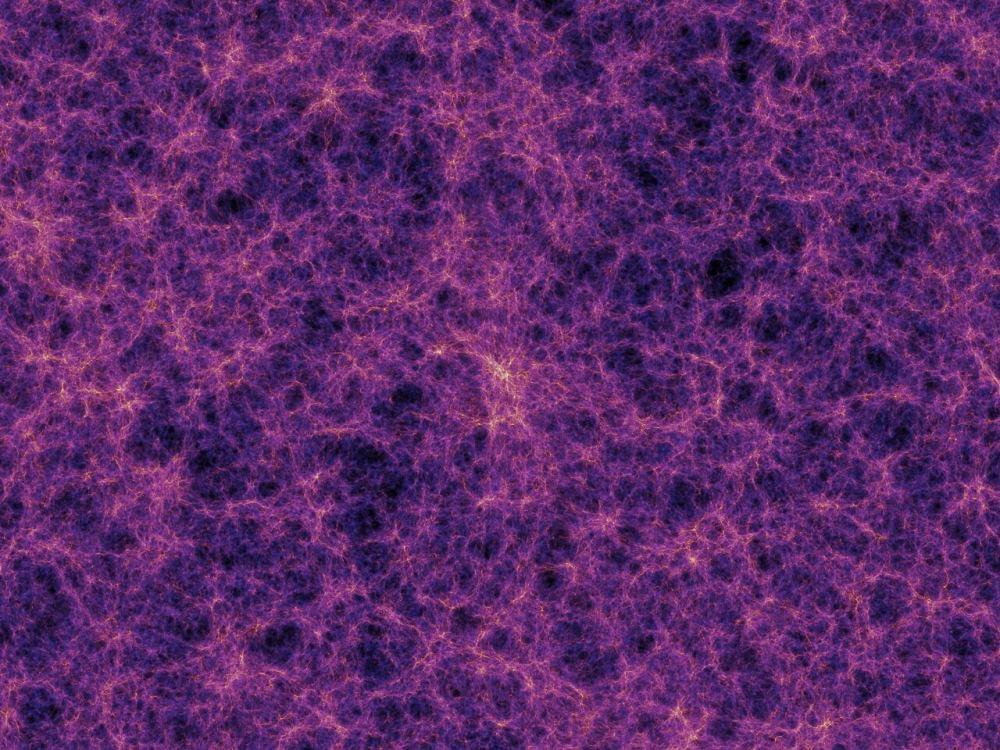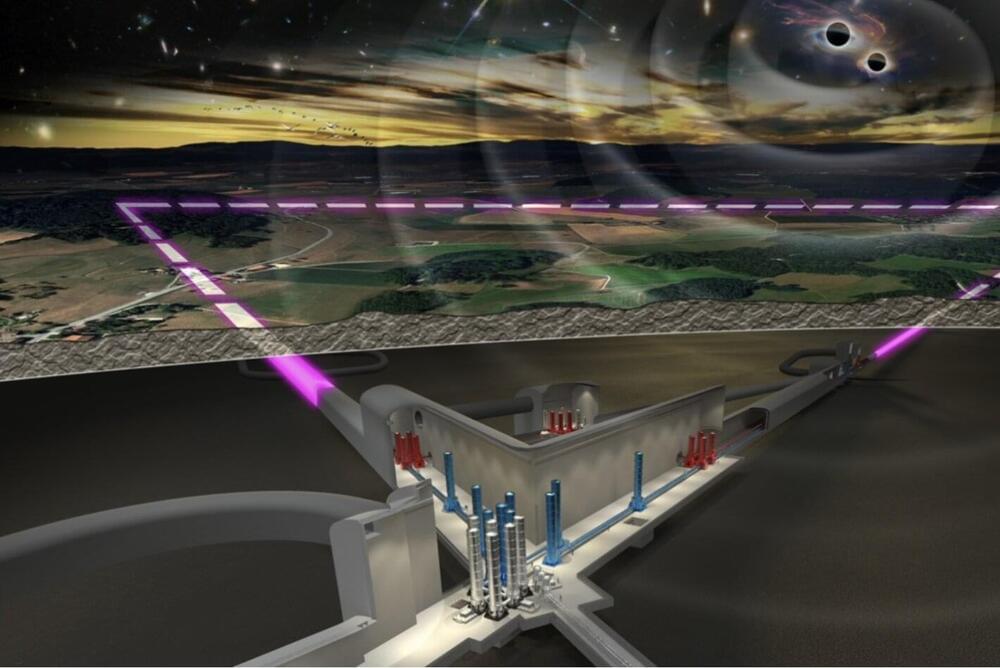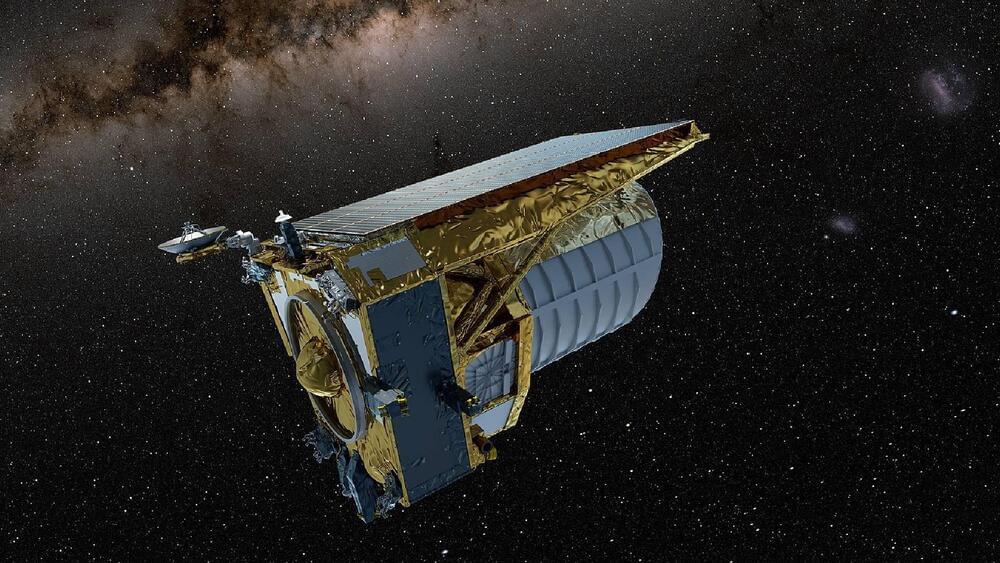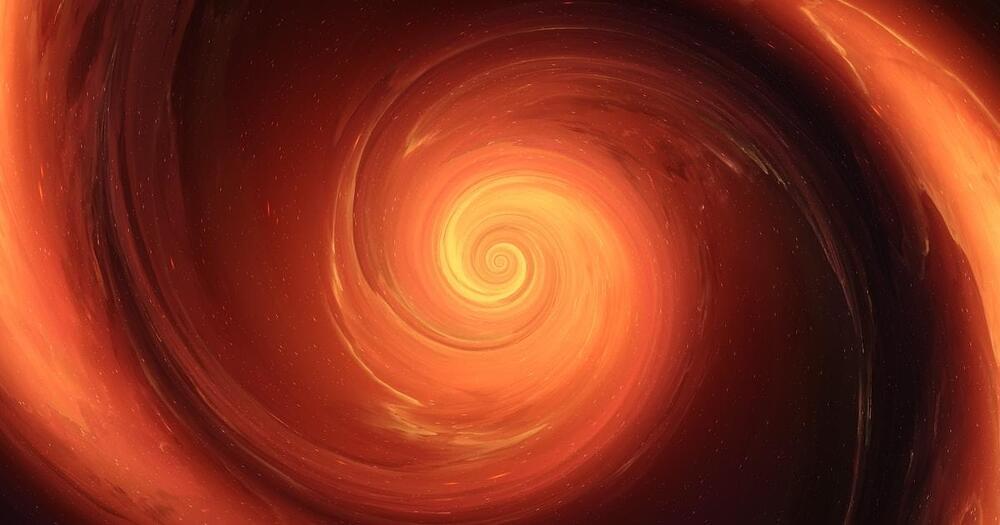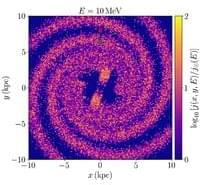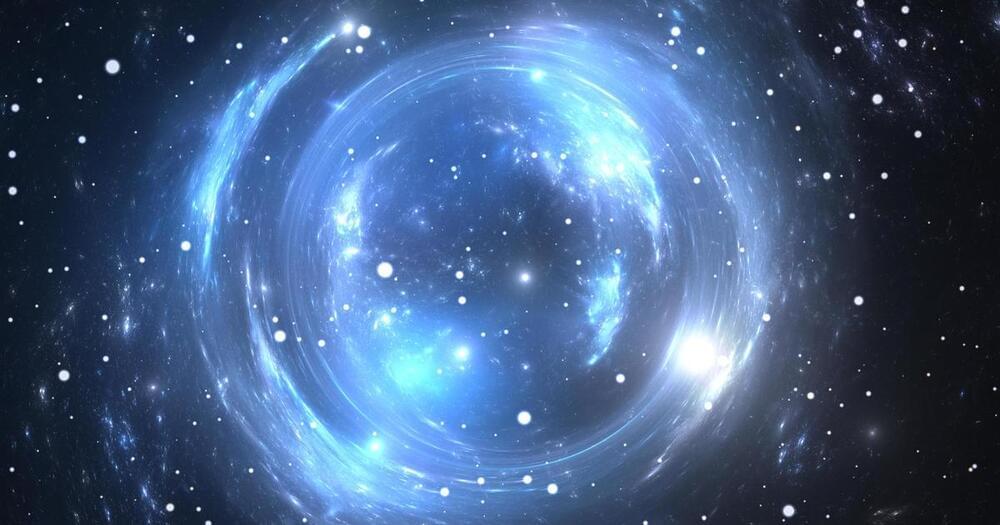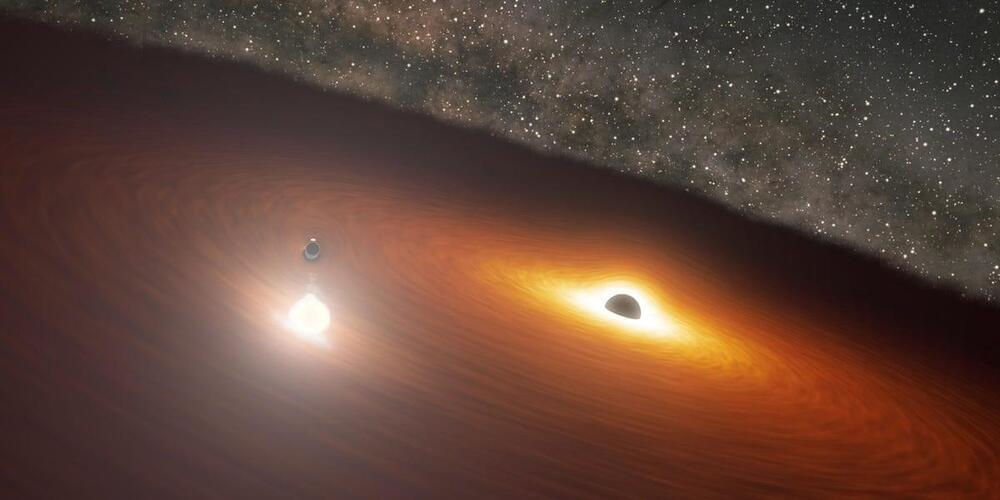There’s some potentially big news on the hunt for dark matter. Astronomers may have a handle on what makes this mysterious cosmic stuff: strange particles called “axions.”
Rather than search directly for axions, however, a multinational team of researchers led by Keir Rogers from the University of Toronto looked for something else. They focused on the “clumpiness” of the Universe and found that cosmic matter is more evenly distributed than expected.
So, what role do axions play here? Quantum mechanics explains these ultra-light particles as “fuzzy” because they exhibit wave-like behavior. It turns out their wavelengths can be bigger than entire galaxies. Apparently, that fuzziness plays a role in smoothing out the Universe by influencing the formation and distribution of dark matter. If that’s true, then it goes a long way toward explaining why the matter in the cosmos is more evenly spread out. It implies that axions play a part in the distribution of matter in the cosmos.
